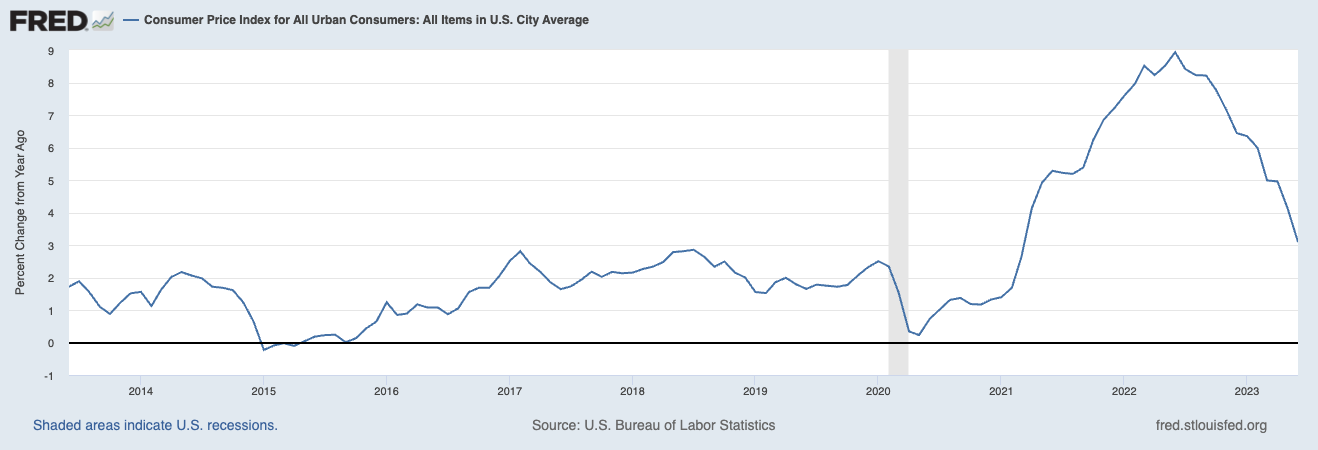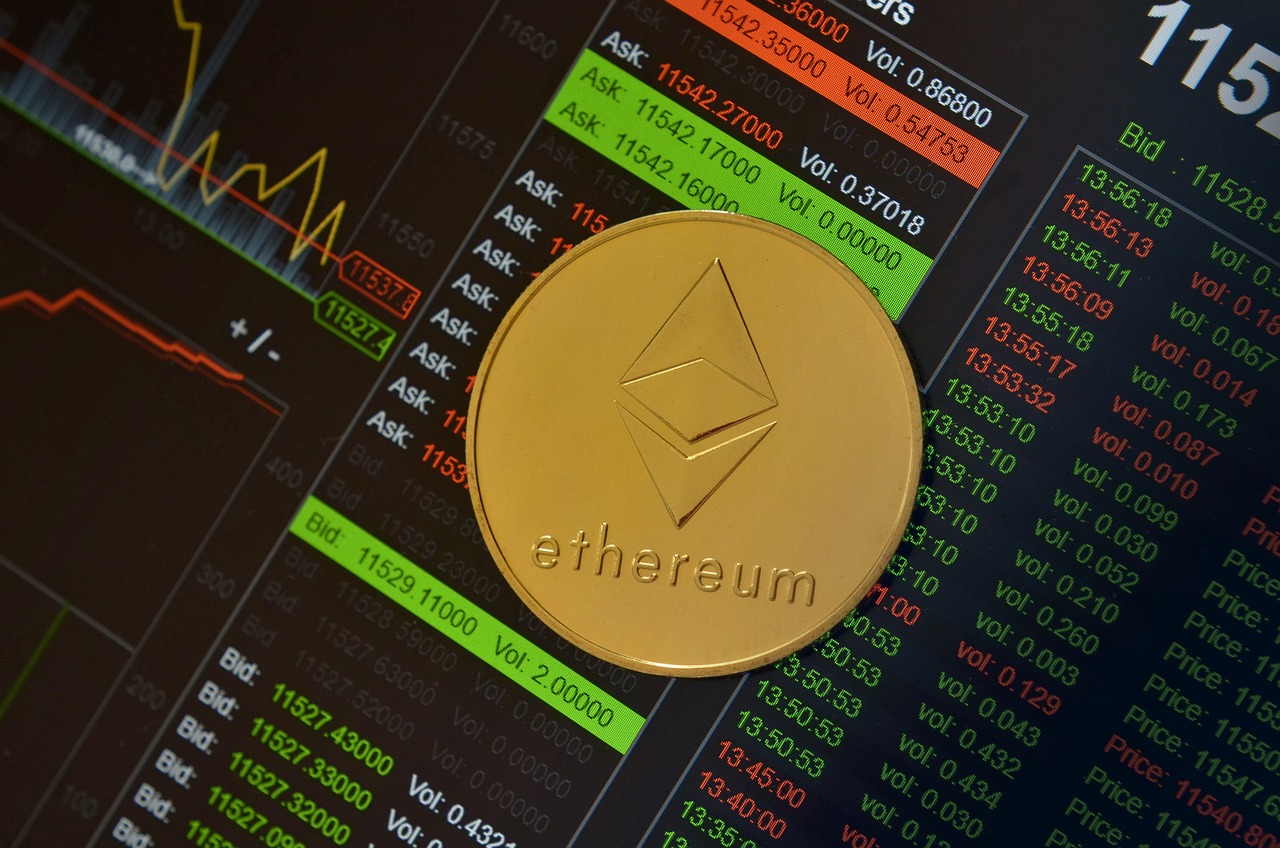The Nobel peace prize was split this year between a human rights activist (from Belarus) and two human rights groups (Russia and Ukraine). These heroic individuals and organizations oppose abuse of power, and track the ongoing war at great risk to themselves. Sadly, the award will do nothing to end the war, which has had such a devastating global impact.
Nobel news in the first week of October captivates the world. Even though other awards have eclipsed the Nobel in monetary value, it still commands attention because of its long history, and because its selection procedure is thought to be above board.
Active contenders for the awards do nevertheless watch the members of the jury relevant to them, and know their biases. In the 1990s, supporters of the candidature of Amartya Sen waited for the retirement of Assar Lindbeck, a founder of the economics award and powerful voice on the jury for many years. Sen received his prize in 1998.
The science awards for medicine, physics and chemistry are not expected to reward contemporary work. Awardees are often recognized for work done in the deep past, whose value became apparent only with the passage of time. The literature award too can go for work done many decades prior. Not so the prize for peace, which is expected to have contemporary relevance. The economics prize is a bit of a hodge-podge, but contemporaneity is looked for there too.
The peace prize selection is done by a Norwegian Committee, but abides by the intent of Alfred Nobel’s will. This year’s awardees do satisfy one of the clauses, for “confronting war crimes”. But the principal purpose is to “promote fraternity between nations” by holding peace congresses, and importantly, the “abolition or reduction of standing armies”. Nobel clearly had in mind heading off war before it actually happens. Implicit in that intent, though not explicitly mentioned, is reduction of the worldwide manufacturing capacity for armaments, which exists to equip “standing armies”.
Armaments, like any manufactured product, have a use-by date. No matter how well guns or tanks are maintained, or ammunition preserved, they depreciate with lack of use. Ageing inventory asks to be used. It asks for war.
Warfare using guns and tanks is known to cause great damage to the surrounding environment. But what is perhaps less well known is that even the artillery manufacturing process can irreversibly damage its environs. The story of a gun factory in the lakeside town of Ithaca in upstate New York, is worth telling. Today Ithaca is known principally for Cornell University, located on hills rising from the east side of Cayuga Lake. But in the early years of the 20th century, Ithaca was more famous as the locale for the first movies filmed outdoors in the silent era, and also for a gun factory located on what became known as gun hill, close to the university. The factory ceased operations in the 1980s.
Some years ago, a resident of one of the townhouses on the flat residential stretch of Ithaca at the base of gun hill started vegetable gardening in her back yard for self-consumption, but found her health failing steadily even as she consumed what she thought was safe, organic food. Her declining health was eventually traced to the high lead content in her vegetables, because the soil was heavily contaminated with lead from the gun factory, which had leached down the hill onto the flat land at the base. This was 25 years after the factory itself had shut down.
Armaments factories need large storage capacity for toxic inputs and waste, and those are nowhere nearly as closely monitored as the storage facilities surrounding nuclear plants.
The competitive race to improve defence capability spurs a lot of scientific research and development of newer and more effective armaments funded by the military budgets of major nations. Armament manufacturers do not actually produce these until they get an order, but orders for new weaponry are never a problem. When orders are not forthcoming, they are pursued energetically, as the Bofors factory in Sweden did to secure the 1986 sale of howitzers to the Indian Army.
It is tempting to cite the armaments industry as an instance of Say’s Law: Supply creates its own demand. However, that would be a distortion of the intent of Jean-Baptiste Say, who was just referring to the larger macroeconomic process of how incomes generated from producing one product create demand for other products. The supply of deadly new armaments generates ‘its own demand’ because of military competition between nations. Having bought them, buyers want to use their new toys. Until this dynamic is disrupted, periodic wars are inevitable.
A global pact to turn the high-level technological skills embodied in armaments manufacture into production of machines for the betterment of the human condition, in a concerted phased manner, is the need of the hour. In the current geopolitical situation, this may sound laughably impossible.
But Sweden can lead the way. Bofors is now under British ownership, but was once owned by Alfred Nobel. What could set a better example for peace than the repurposing of Bofors away from the production of killing machines?
Indira Rajaraman is an economist
Download The Mint News App to get Daily Market Updates.
More
Less
















